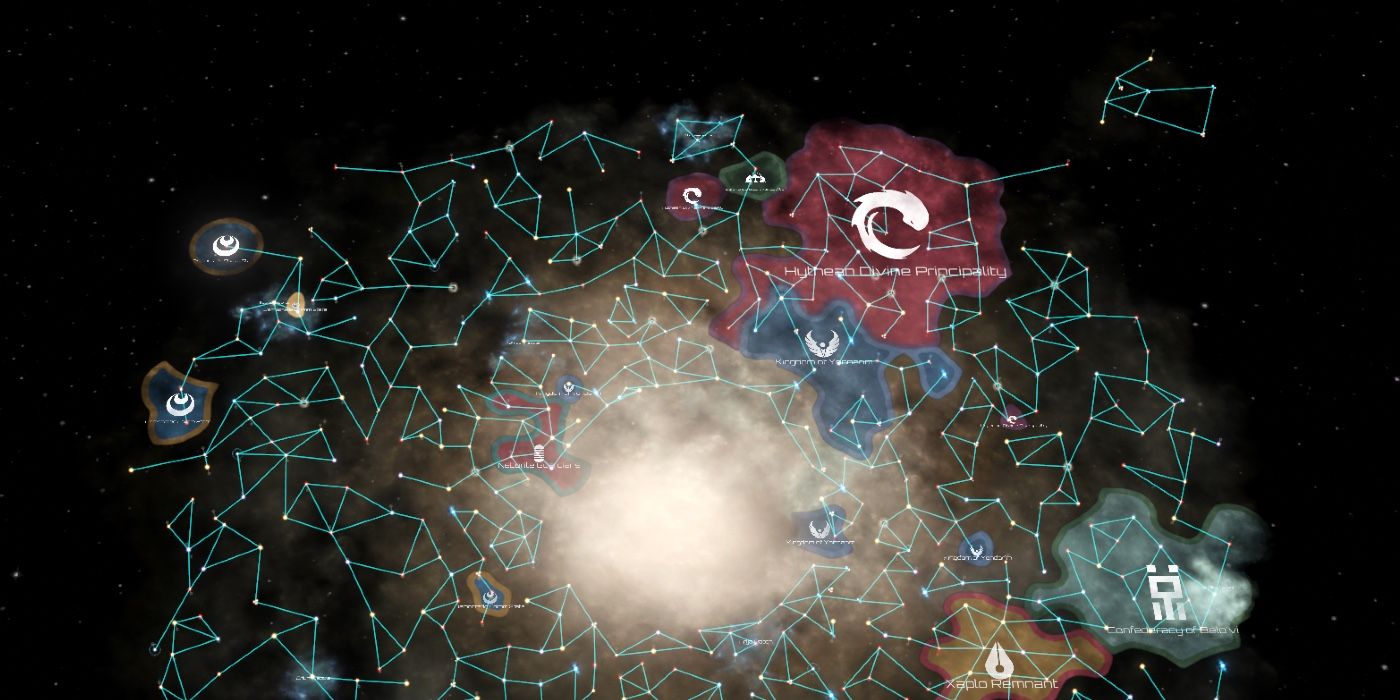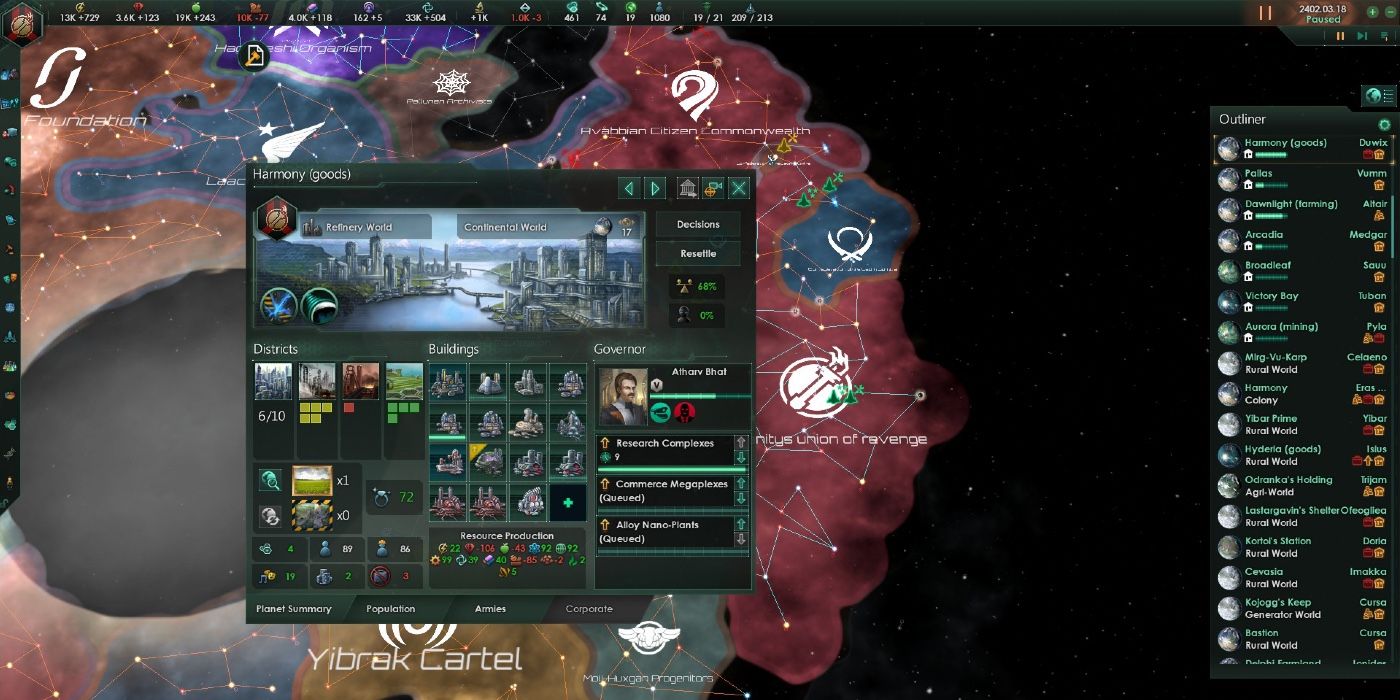Over the years since its initial release, Stellaris has undergone changes that have radically altered its mechanics, forcing Empires to come up with new playstyles to win. These include the many DLCs and Expansions, as well as the free updates that usually accompany them, all carefully explained through dev diaries. But in their quest to make it one of the best sci-fi strategy games ever made, Paradox’s developers are always trying to find ways to better balance the game, so that any playstyle is a viable way to conquer the galaxy.
Unity is currently most useful for unlocking Tradition Trees and by extension the Ascension Perks later on. It’s also used for enacting Ambition Edicts later in a session, providing temporary but powerful buffs to your Empire. Beyond these two mechanics, however, Unity is a considerably less important resource to gather compared to Influence and Research points. This has led to most players choosing materialist ethics for their Empires which helps with the powerful “tech rushing” strategy, while spiritualist Empires are considered underpowered by comparison.
As a way to even the odds, most of these changes are geared towards making Unity much more valuable and important to generate. For starters, Unity is needed to recruit leaders instead of energy credits from now on, as well as a monthly upkeep cost. Initial administrative capacity for each Empire is being increased, however, all methods of increasing it further as the game goes on have been removed. Empire Sprawl and its penalties can be reduced, but can no longer be completely mitigated.
The Edicts Cap system has been removed and replaced with Edict Funds. Each Edict will now have monthly Unity upkeep but is subsidized by the total Edict Funds, thus reducing the amount you have to pay each month to maintain them. Political factions within Empires will also no longer be a source of Influence but now produce Unity. Influence for Empires will now be produced based on their total fleet size when compared to total sprawl. Most Megastructures will now cost a hefty amount of Unity rather than Influence in order to build. The exceptions to these changes include Gateways, Habitats and Ringworlds, which will still require Influence.
A big part of the goals behind this update is to also make the “tall” playstyle a viable option again. Until now, playing “wide” and securing as much territory as possible was considered the only way to stay competitive with rival Empires. These changes will force players to decide whether to focus on fully developing what little territory and colonies they control or expand as much as possible.
With how big these changes will be, the developers have launched an open beta of the game with these changes on Steam. With the help of user input, the new systems and mechanics can be tested out before launching with the 3.3 update. The specifics for how the open beta will run will be discussed in future dev diaries.
While already significant, these are only the first in a long list of changes the developers have planned for Stellaris. New situations might arise that can be helped or hindered by Unity. Empires with more Unity generated might be considered more resilient to resource deficits and less likely to suffer from internal strife and rebellion. Pops on colony worlds that are under attack might even become reinforcements for the defending side. A new system is also being added meant to benefit Unity-focused Empires in the mid to late game called Planetary Ascension Tiers, though for now it can only be speculated what this system is and how it’ll function.



